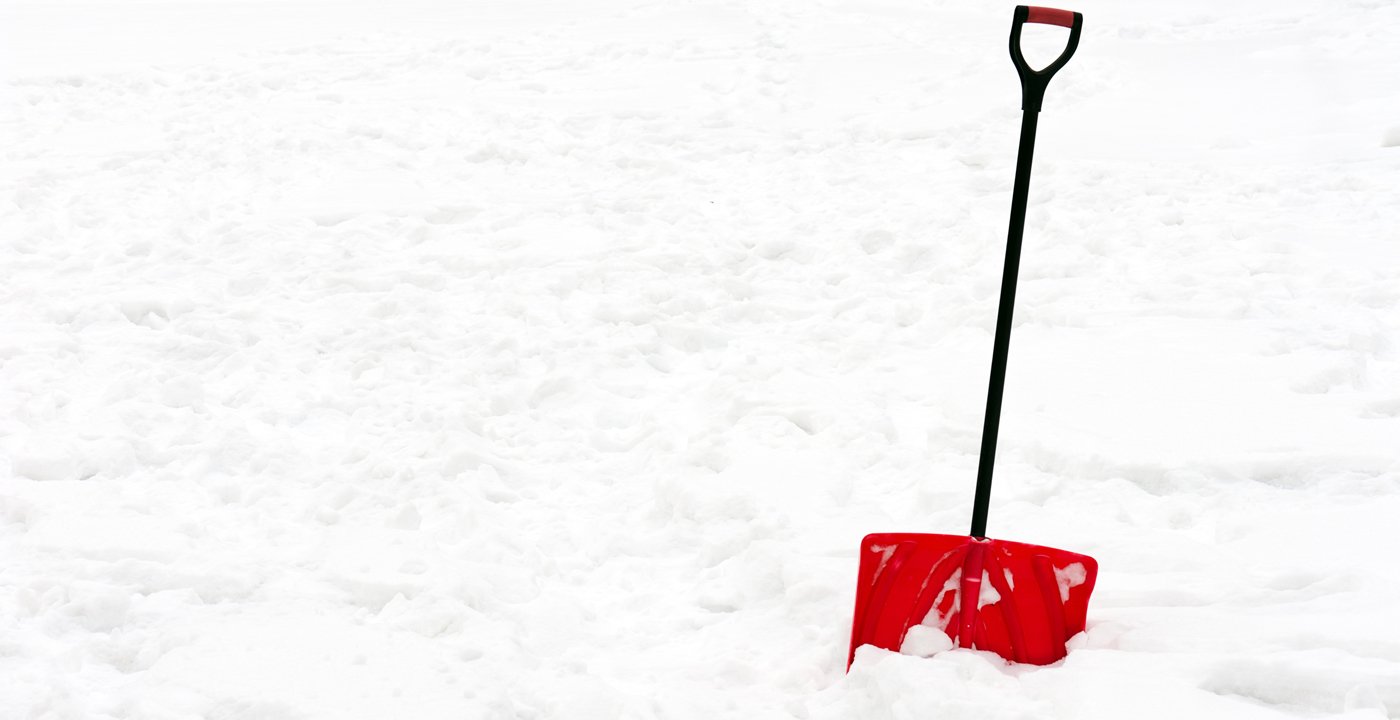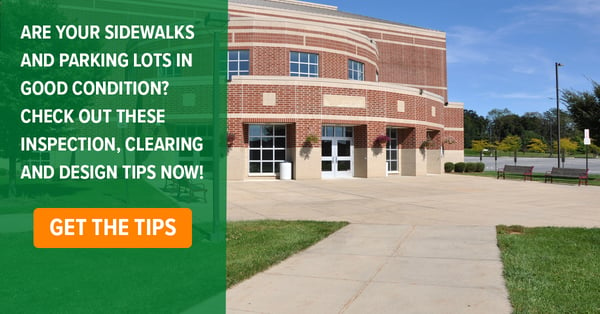Better prepare your buildings, and keep your students, parents and staff safe.
As a kid, I was always hopeful for snow days. Let's be honest—most kids are. Waking up early, turning on the TV and seeing my school district closed at the top of the screen brought a big smile to my face. The anticipation as I watched other school districts appear before mine was killer, but walking back to my warm, comfy bed after seeing the good news made it all better. Unfortunately, snow days aren’t always happy for everyone.
If your school district remained open, you would find yourself waiting at the bus stop or treading through the snow on a cold winter day. It’s something that has happened countless times, but that may not be the worst part. The real difficulty can be found on school grounds: snow and ice.
After the decision has been made to keep school doors open, making sure parking lots and sidewalks are clear is crucial for the safety of parents, students and staff. How can you tackle the beast that is Mother Nature? Some serious preparation, flexibility and planning is your best bet.
First and foremost, staying up-to-date with your local forecast and district communications is a must. This includes familiarizing yourself with the various winter weather warnings, watches and advisories. This will better prepare your team, and give you a good idea of what equipment will be needed for removing snow and preventing ice.
Winter weather can be tricky, and it's not unusual for a forecast to change multiple times before and even during a storm. Keep your eye out for any advancements or alterations.
Now that you know what to expect, are you equipped to face what’s to come? For larger schools that possess sizable parking lots and grounds, it’s nothing out of the ordinary to hire sub-contractors for snow plowing. Smaller institutions may go a different route and rely on the maintenance staff. Whatever the case, the following steps should be taken to address snow and ice removal:
- Assign clear roles. What are the roles of your building and grounds staff during the winter season? Are your custodians involved in the process? Who takes care of the parking lot and sidewalks? These roles and responsibilities should be addressed in an established, written procedure.
- Stock up on supplies. This may seem obvious, but the last thing you want is a huge snowstorm coming your way while you’re equipped with little resources. Ensure that you are providing your team with enough removal equipment such as snow shovels, snow blowers, ice melt (depending on the temperature, magnesium chloride, calcium chloride and rock salt work great) and sand.
- Prioritize your property. Which areas should be cleared first? For example, consider and prioritize parking lots and driveways, main entrances and accommodation areas for children with special needs.
- Complete necessary cleanup. After your property is free from snow and ice, sweeping up excess sand and salt is imperative to avoid damage to concrete and plant-life.
When a student steps onto your school grounds, they not only have the right to an education, but they also have the right to safety. Don't let the next set of wintry conditions catch you by surprise. Get with your team to formulate a game-plan now, because dealing with winter weather is snow laughing matter.

Richie Almeida, Integrated Marketing Specialist
Richie is an avid movie goer with an addiction to Sour Patch Kids. If he isn’t at the movies, he is at the gym or on a hike trying to make up for his bad eating habits.
DISCLAIMER
The information contained in this blog post is intended for educational purposes only and is not intended to replace expert advice in connection with the topics presented. Glatfelter specifically disclaims any liability for any act or omission by any person or entity in connection with the preparation, use or implementation of plans, principles, concepts or information contained in this publication.
Glatfelter does not make any representation or warranty, expressed or implied, with respect to the results obtained by the use, adherence or implementation of the material contained in this publication. The implementation of the plans, principles, concepts or materials contained in this publication is not a guarantee that you will achieve a certain desired result. It is strongly recommended that you consult with a professional advisor, architect or other expert prior to the implementation of plans, principles, concepts or materials contained in this publication.
This blog post may contain the content of third parties and links to third party websites. Third party content and websites are owned and operated by an independent party over which Glatfelter has no control. Glatfelter makes no representation, warranty, or guarantee as to the accuracy, completeness, timeliness or reliability of any third party content. References to third party services, processes, products, or other information does not constitute or imply any endorsement, sponsorship or recommendation by Glatfelter, unless expressly stated otherwise.
Related posts
How you can help protect your most important asset: your people, and how to help them set up their insurance benefits so that they reflect their wishes.
Consider these best practices to avoid significant property damage, costly repairs and potential interruptions to your school day due to pipe freezing.
It’s crucial to understand the fundamentals of employment practices, why they’re important and ways you use them to help protect your organization and your most important asset, your...









Submit a Comment